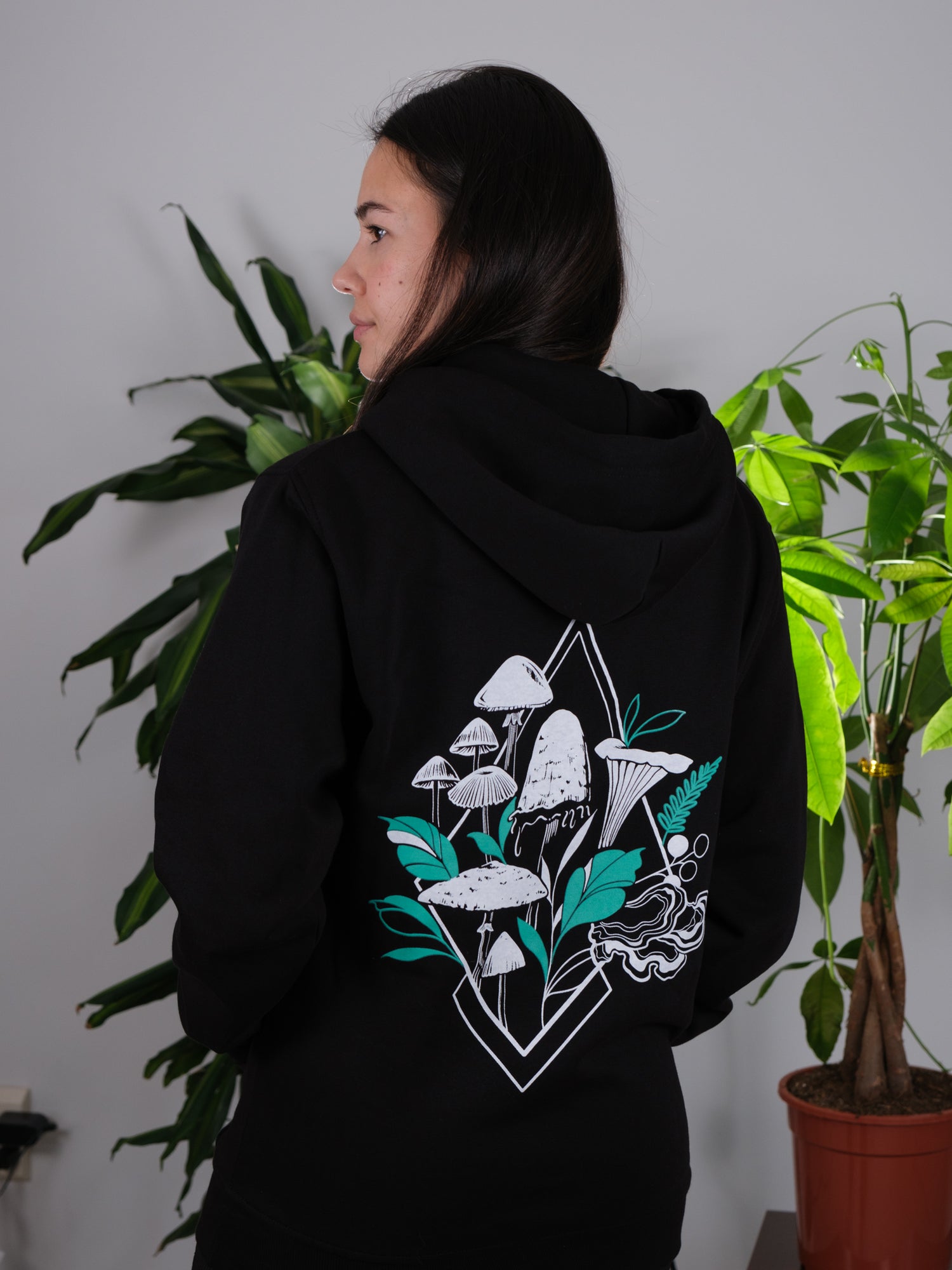How To Evaluate The Quality of a Tattoo
Evaluating the quality of a tattoo is crucial, especially for those unfamiliar with the technical aspects of tattooing. While the quality of a tattoo is subjective, there are several universal factors that indicate a high-quality tattoo:
Skill of the Artist:
The technical skill of the tattoo artist is crucial. Look for proficiency in line work, shading, color saturation (if applicable), scale, and placement. Clean, precise lines and smooth shading are indicators of a skilled artist. For instance, examine the linework for consistency and look out for blow-outs, which occur when ink is deposited too deeply, causing a blurred effect around the lines..
To expand, there are a few things to look for when you want to determine the quality of an artist’s linework. Look at the lines: do they appear consistent and smooth throughout the tattoo? Is the thickness of the lines consistent throughout various elements of the design?
Furthermore, look for how well the elements within a tattoo design are spaced out. Tattoos that have small distances between lines, will, over time, blur together. This is because ink spreads a little over time as our skin naturally breaks down the ink.
Here are some examples of differences in the precision and quality of line work:

In the first example, we’re looking at a zoomed in photo of one of Kansinee’s floral tattoos. As you can see, the lines are sharp and smooth. The linework and thickness of the lines are consistent throughout the design, which contributes to the clarity and shape of the design. The shading is done with the future in mind; the contrast between dark ink and use of negative space will result in a tattoo that will look good throughout the years.

In the second example, the tattoo appears decent at first glance. There is enough spacing throughout the design, which will contribute to the overall longevity of the tattoo. When zoomed in, you can see that the line thickness differs in various spots and that some of the lines are shaky and not fully saturated (as seen in the petals and leaves). While variations in line weight can be intentional (to emphasize certain elements), in this particular example it disrupts the overall cohesion and harmony of the design and makes the tattoo look messy. Shaky lines affect the clarity and definition of the design but can also lead to inconsistent ink distribution within the layers of the skin. Especially with fine line tattoos - you would want to have the cleanest lines possible. If you want to get wobbly thin lines corrected, it would often have to be traced with a thicker needle, which would compromise the delicacy of the final outcome.

Lastly, here is an example of a tattoo in which the linework is inconsistent throughout the entire tattoo. This makes the overall tattoo look out of balance. Especially in ornamental or symmetrical tattoos any inconsistencies become more noticeable. In this particular piece you can see that the weight and consistency of the lines are uneven, as well as the spacing between elements. Another thing to notice is the blurriness around the edges of the lines. These are blowouts and together with the small spacing between the lines; this tattoo will be illegible over time.
* Please note that the intention is not to criticize others' work, but rather to provide an educational perspective.
Design and Composition:
A well-designed tattoo considers balance, proportion, and flow, fitting the unique contours of the body. Our tattoo gallery showcases examples of excellent design and composition, emphasizing how tattoos should complement the wearer's physique.
Clarity and Detail:
Clear and well-defined details are essential. This includes intricate linework and realistic shading, which contribute significantly to the tattoo's visual impact. See our fine line tattoos to see examples of clarity and precision in tattooing.
Consider the differences in the images below.


In the first image you will see one of Kansinee’s lions done in a black and grey realism style. You can tell that the shading contributes to the tattoo’s three-dimensional appearance, as the parts where the light would hit naturally, is kept light, whereas the dark parts maintain their depth. This creates a striking contrast, which enhances the tattoo’s realism and depth. When zooming in; the details of the lions become evident. The whiskers, the crisp and clean lines defining the teeth, and the textured fur all add to the overall quality of the tattoo and showcase the artist’s precision and attention to detail.
The second image shows another lion tattoo done in a realism style. The artist uses well balanced proportions which makes the tattoo look more realistic. However, the lack of texture and depth of the fur give the tattoo a less detailed appearance. The application of shading within the face seems overly subtle, potentially impacting the longevity as the ink's light application may lead to faster fading. Consequently, this light shading might contribute to a flattening effect over time, particularly in the facial features. While this can be touched up in the future, investing in a high-quality tattoo initially will save you both time and effort while guaranteeing a lasting piece of art on your skin.
Color Saturation and Palette:
For color tattoos, vibrant and well-saturated colors bring the design to life. The choice of color palette and its application are critical for ensuring the tattoo remains visually striking over time.
Consistency in Style:
Experienced tattoo artists develop a recognizable and cohesive style, whether it's traditional, fine lines, or a unique niche like watercolor or geometric. Choosing an artist whose style matches your vision is key.
Meaning and Personal Connection:
Tattoos often hold personal significance to the wearer. Whether it represents a meaningful life event, a personal philosophy, a tribute, or is more simply something that brings you joy without the need of deep contemplative thought, a good tattoo artist should strive to understand the person behind the tattoo so that the tattoo can be curated to fit the uniqueness of the individual.
Placement on the Body:
Consideration of the body's anatomy and the chosen placement of the tattoo is crucial. A well-placed tattoo enhances the body's natural contours and ensures the design flows seamlessly with the wearer's physique. It also takes into consideration previous and/or future tattoo ideas and placements. A good tattoo artist will help you understand the pros and cons of certain body placements with respect to how tattoos tend to heal in particular areas. For example, finger tattoos don’t tend to hold well with time.
Originality and Creativity:
Original and creative designs stand out. A good tattoo artist can take a client's ideas and bring a unique perspective to the design, resulting in a one-of-a-kind piece of art. This is why it is helpful to empower your tattoo artist with some creative agency in the design process. This is also why some artists, like us at Discovery Ink & Art, will never repeat a tattoo design.
Healing and Longevity:
The care taken during the tattooing process and adherence to proper aftercare instructions contribute to how well a tattoo heals. A good tattoo should age gracefully and maintain its integrity over time. In our experience, use of a second skin – a band-aid type product that creates a separation between the skin and the external environment – is particularly helpful in the early stages of healing. Furthermore, taking care of one’s skin also maintains the vibrancy of one’s tattoo. Accordingly, being mindful of sun exposure and dryness are beneficial. Correlative to the healing process is how gentle and precise the artist is with the tattoo machine. Some heavy-handed and beginner tattoo artists may press too deeply into the skin leading to ink blow-outs and sloppy designs.
Communication and Collaboration:
Effective communication between the client and the artist is crucial and is sadly something the tattoo industry struggles with. A good tattoo artist listens to the client's ideas, provides guidance, and works collaboratively to create a design that meets the client's hopes. As a client, tattoo artists appreciate you being mindful of the amount of work they do behind the scenes (e.g. design preparation, website development, marketing, administration and accounting, supplies maintenance, email response, client bookings, customer service etc…) in understanding why they may not respond to you immediately. That said, a good tattoo artist should have a clear system in place for how to contact and book-in with the artist and should stick to clear guidelines set-out about how to connect. This kind of clarity makes the process clear for everyone involved.
Hygiene and Safety:
A reputable tattoo artist ensures a clean and safe working environment. Adherence to strict hygiene practices and the use of sterilized equipment are essential for both the artist and the client's well-being. You should be able to check-in with the local health authority to review the tattoo shop’s adherence to the local health code. If you have any concern about contaminants or improper hygiene in the space, please take caution and consider booking elsewhere!
Conclusion:
Ultimately, the perception of a quality tattoo is highly personal, and individual tastes may vary. It's important for individuals to choose a tattoo artist whose style aligns with their preferences and to communicate openly to ensure the final result meets their expectations.
With gratitude,
Kansinee
P.S. If you are a fan of the work we do at Discovery Ink & Art, please consider signing up for the Discovery Ink & Art Community mailing list to gain access to our tattoo bookings. You can also follow us on Instagram


